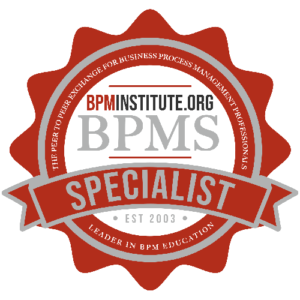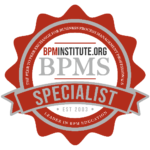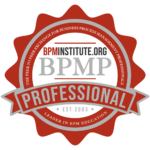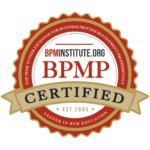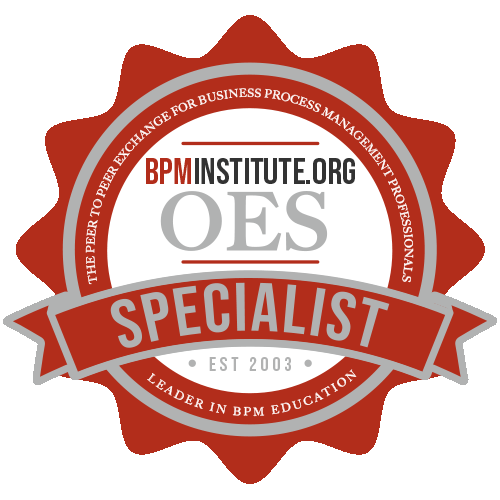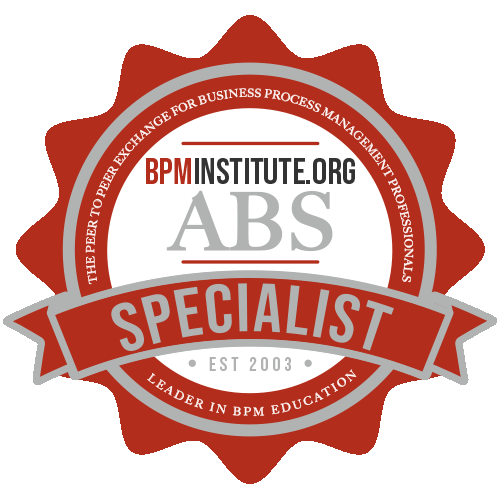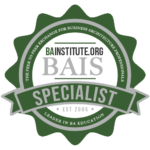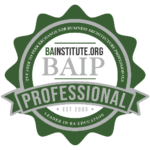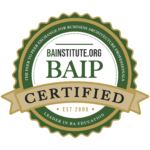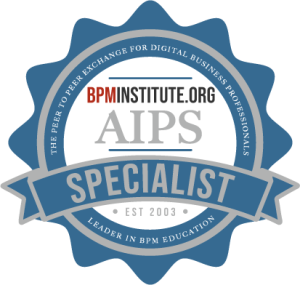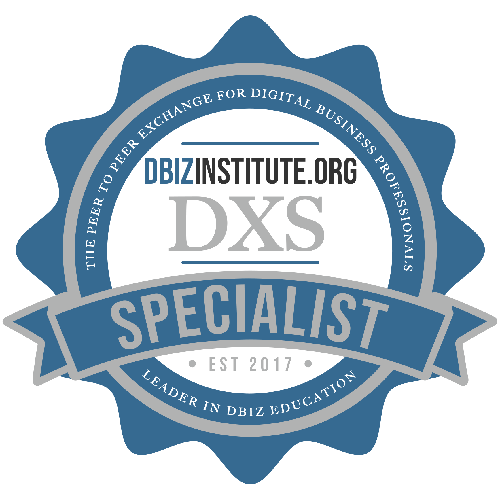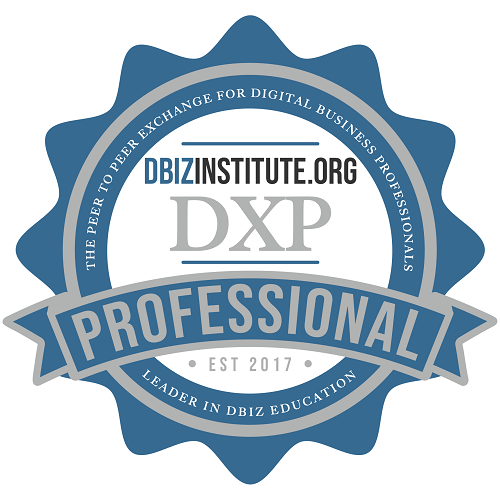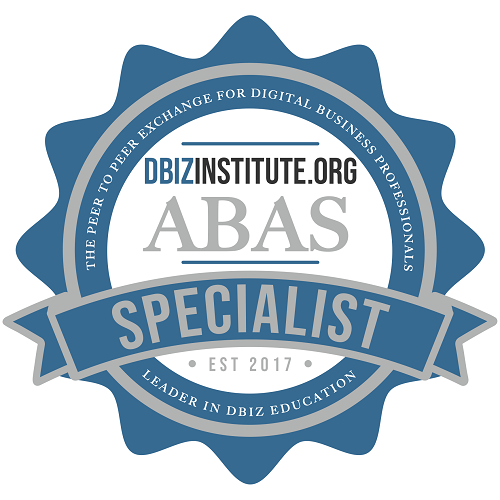Home / Resources
Resources
Discover a Wealth of BPM Knowledge and Expertise at BPMInstitute.org!

SOA and Process Modelling
Being an ardent advocate of most things BPM and SOA, I am constantly disappointed, but not surprised, to find IT departments investing in development and integration tooling to support SOA that stop short of anything that contains the word ‘process’ in it. E.g. Process Modeller, Business Process Management, Process Engine, etc.

The Role of Organizational Change Management in BPM and the Selection of a BPMS
Organizational Change Management (OCM) does many things with regard to change initiatives: it raises awareness, manages impact, mitigates resistance, and helps improve adoption. And while these benefits should apply to any change initiative, it is my experience that organizations invest in OCM primarily for technology changes that they expect to have a profound impact on the way they do business.

Business Model Generation and BA
I start with this question: “Is Business Architecture (as well as EA) only for the old and the flabby?” By that I mean old and flabby enterprises, not old and flabby architects! I would say (and I would love to see counter evidence) that the practice of BA and EA has been concentrated on the larger institutions among us – the Fortune 1000 corporations, the mandated practices in Federal and State governments in the U.S., etc.

C2B 2.0 – Check Your Cheese Here…
In this market scenario, protecting the consumers from falling prey to counterfeit products becomes one of the primary tasks of business processes. It not only helps consumers get the real value for their money, but also helps the businesses to build their brand value and trust.
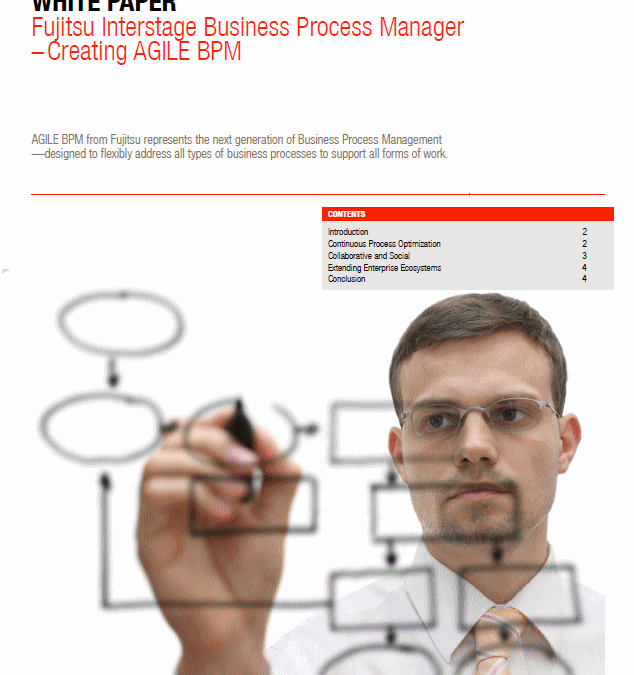
Creating Agile BPM
Organizations today need to drive growth while optimizing costs, improving efficiency, and achieving greater business agility. Agile BPM helps best-in-class organizations achieve business results by addressing requirements for continuous process optimization, collaborative process workflows to support team-based initiatives, and to extend business processes beyond the enterprise. Download this white paper to learn tips and best practices for implementing Agile BPM in your organization.

Software Tools for The Decision Model – Part 1
This article assumes knowledge of the Decision Model.

The Language of Business Architecture
Many companies are beginning or at least seriously considering a Business Architecture (BA) initiative. Even though the Business Architecture has always existed, its structure, nature and appearance have remained hidden from view. The ability to express the complexity of an enterprise in a commonly understood and graphical format, for purposes of analysis and design is severely limited without the Business Architecture. And of course, one will need a rich graphical modeling notation or language in order to develop the BA.

11 Habits for Highly Successful BPM Programs
The culture of an organization is a collection of habits, and habits have a powerful effect in business performance. Driving long-term business benefit and success with Business Process Management (BPM) often times requires companies to develop new and maintain existing habits.
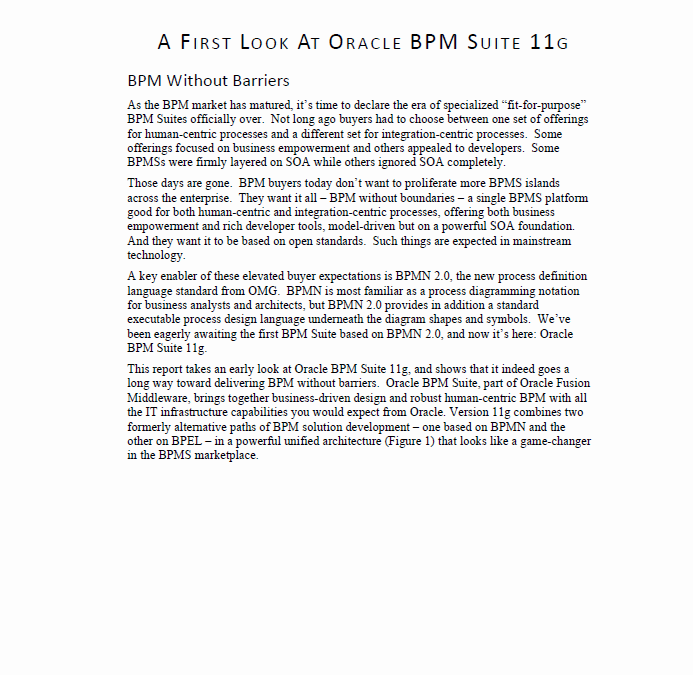
A First Look at Oracle BPM Suite 11G
As the BPM market has matured, it’s time to declare the era of specialized “fit-for-purpose” BPM Suites officially over. Not long ago buyers had to choose between one set of offerings for human-centric processes and a different set for integration-centric processes. Some offerings focused on business empowerment and others appealed to developers. Some BPMSs were firmly layered on SOA while others ignored SOA completely. Those days are gone. BPM buyers today don’t want to proliferate more BPMS islands across the enterprise. They want it all – BPM without boundaries – a single BPMS platform good for both human-centric and integration-centric processes, offering both business empowerment and rich developer tools, model-driven but on a powerful SOA foundation. And they want it to be based on open standards. Such things are expected in mainstream technology.A key enabler of these elevated buyer expectations is BPMN 2.0, the new process definition language standard from OMG.

Service Oriented Business Applications
One of the realities of SOA is that even in the most enthusiastic organisations not all services can or will be delivered by discrete services written in .NET or Java. For historical or pragmatic reasons, some of the functionality is likely to be delivered by business applications. These may be legacy systems that have been bought or developed pre-SOA. In many cases new applications have been brought in post-SOA, much to the architects’ dismay.

Capabilities & Value Streams: Business Architecture’s Essential Alliance
There is good news on the business architecture front. The level of discourse has elevated dramatically around how to effectively represent the business architecture. At the forefront of this discussion are two essential focal points: the business capability and the value stream. While certain camps have rallied around one or the other, transformative business architecture can only be achieved by incorporating both concepts into those efforts. A quick primer on business capability and the value stream puts our discussion into perspective.

Business Process Models, Business Rules and The Decision Model: How They Should Work Together
This article assumes knowledge of the Decision Model.

Measures for Meaning: The Art, Science and Politics of Measures
Corporations track specific financial measures, use operational measures to monitor their core business, and collect some customer satisfaction measures. However, as companies move to a more process-centric approach they need to think about measures for each process and sub process, and these are often not captured today.

Adding the Time Dimension to BPM
BPM solutions have traditionally focused on improving business processes. The ability to predict how future activities in a process will be impacted by changes introduced in earlier stages is a dimension that BPM products have not addressed – until now. Adding the element of “time” to processes enables users to derive even greater value and control.

Boost Agility and Competitiveness With SmartBPM 6
Software firms like to tout their solutions as game changers. Few are. Most make only a modest impact on an organization’s business. Some don’t make any. The introduction of Smart BPM? 6 last March left many wondering about the impact this version of Pegasystems’ flagship product would have on the BPM industry. That’s hard to say right now, since the solution is relatively new.

We Might Clear the Fog Around SOA, but its Future is Still Cloudy
Despite the widespread hype and reams of articles in technical and business journals alike, one question that still causes consternation amongst customers and practitioners alike is, “What is Service Oriented Architecture (SOA)”? If compiled, the answers to this question would fill copious volumes, but a consensus on an answer would be elusive. The reason the answer to this question doesn’t fit into the mold of a precise technical definition is due to the fact that SOA is mostly a business concept, hence it has to be defined in a business context.

OMG Seeking Decision Model Notation Standard
A lot has happened in the last year regarding The Decision Model. In November 2009, our book described the formalism and usage of The Decision Model (von Halle and Goldberg, 2009, Taylor & Francis LLC, The Decision Model: A Business Logic Framework Linking business and Technology). Since then, adoption of The Decision Model has escalated faster than anticipated. It also caught the attention of the Object Management Group which is the subject of this month’s column.

Measuring System Quality
How should the quality of a system be measured? More particularly, how should quality be ascertained when the system is complex and incorporates important components not readily evaluated by quantitative means?

CIO perspective: To be great at IT, you mustbe great at BPM
Read this paper for expert insights on Business Process Management (BPM) from Toby Redshaw, the Group CIO that is leading a successful BPM program at Aviva plc, the world’s fifth-largest insurance group. The remarks contained here were made during Toby’s keynote presentation at the Lombardi Driven 2009 User Conference.

A New Order of Things with the Business Architecture
The Business Architecture (BA) is a bold and challenging initiative, that when undertaken by visionary and innovative leaders of the enterprise brings about a “new order of things.”
